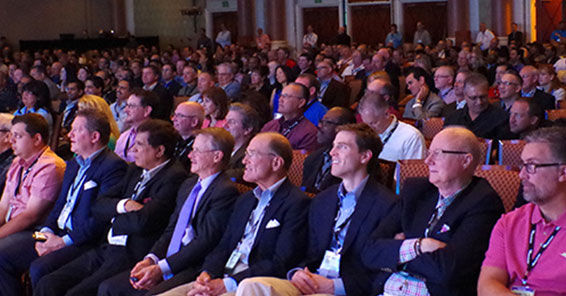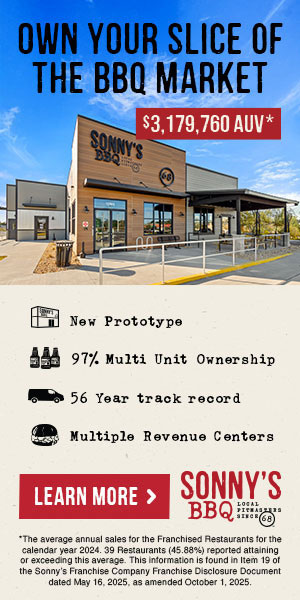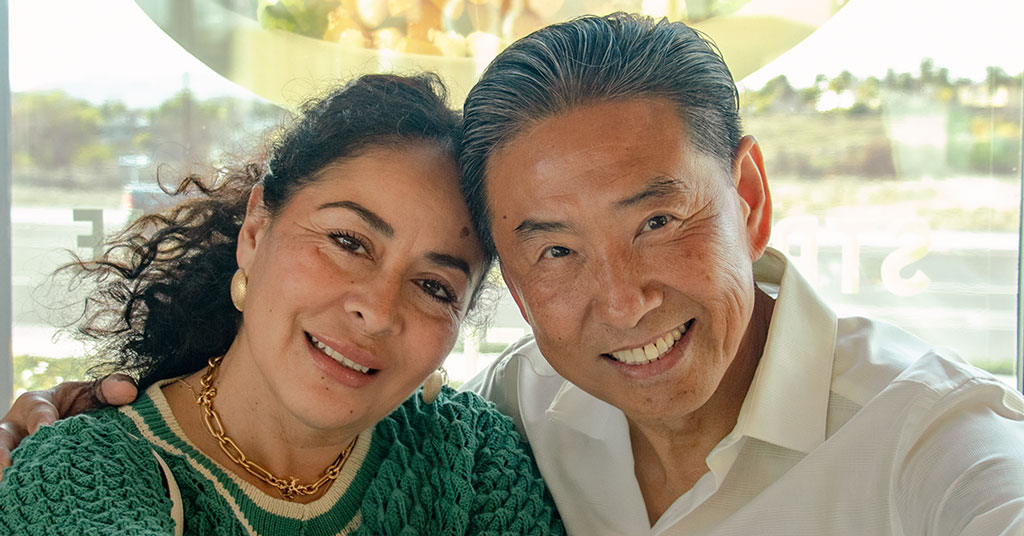The Best Companies Purposely Make It Hard To Get Hired

The following article is an excerpt from John DiJulius' new book, The Employee Experience Revolution: Increase Morale, Retain Your Workforce, and Drive Business Growth
Getting hired at your company should be extremely hard. It is only fair to your existing employees that you stay exceptionally selective on whom you let in. People must earn the right to be a part of your culture and legacy.
Unlike the many businesses that offer candidates a job before they have completed their applications, top brands make job candidates come in for three to four interviews over the course of several weeks. These companies also want to make sure that job candidates are not simply looking for the best deal when, on paper, they don’t appear to be.
We have found the best interview process is:
- Group interviews (multiple candidates at the same time)
- One-on-one interview (potentially with multiple leaders)
- Observation day
- Job offer
Making your interview process “ungameable”
Many people are good at interviewing but are not good at their job. The biggest problem with the typical interview process is that most intelligent candidates can game it. Everyone knows they will get asked, “Tell me two negatives about yourself.” A well-prepared candidate will respond, “I am a perfectionist and workaholic.” The companies that hire the best have screening processes that are “ungameable.” Often the questions we ask a candidate during the interview process stimulate conversations and get the candidate talking. You discover much more when you go down rabbit holes where the answers weren’t rehearsed.
Group interviews
In our own businesses, John Robert’s Spa and The DiJulius Group, we found group interviews extremely productive and telling. The first round of interviews is always with a group of candidates. This reduces the time from several hours spent meeting multiple candidates to a one-hour interview with several candidates.
This initial interview starts with what the company is about, what the position is about, and what it takes to be successful at both. We then ask the candidates questions that each must take turns answering. The potential hires think they are being judged on who has the best answer, but what we are observing is what the other candidates are doing when it is not their turn to answer. Are they disengaged or fidgety? Or are they listening, nodding, and smiling while the other person is answering the question? That is the one we want.
The Engagement Indicator — the Five Es
If you are seeking people who have the potential to be customer-centric team members, evaluating their five Es (see below) might be your most powerful tool. Many of our consulting clients have incorporated the five Es into their interview process, literally counting the times a candidate demonstrates each one. For example, they might record the number of times during the interview that:
- Eye contact is made
- Ear-to-ear smiles take place
- Enthusiasm is displayed
- Engagement with the interviewer occurs naturally
- Educated answers are given to interview questions
While we believe most employee candidates have the potential to provide excellent customer service, not all do. The five Es can help you identify candidates who can achieve a high service aptitude with rigorous training.
During the interview process, if candidates are not smiling, making eye contact, and showing enthusiasm, we pass. No amount of customer service training will change them. One word of caution: If the person conducting the interview is not consistently executing the five Es, you cannot expect candidates to be.
Observation Day
Companies that obsess about protecting their internal culture typically have a candidate come in for an observation day during the interview process, where they come and observe the team/department they are interviewing to join. They get to see what their role would look like in action and interact with existing team members who are potential future coworkers. We try to give information to the employee the candidate is shadowing, including the candidate’s FORD—which stands for family, occupation, recreation, and dreams —so existing employees can personalize their observation experience and make the candidate feel more comfortable.
We like to educate the candidate that the observation day is for them to interview us: Check out our culture and what their potential future environment looks and feels like. Talk to as many existing employees as possible. Ask them anything. Stay as long as you wish. An employee candidate needs to leave that observation day being able to say one of two things: either this is the place for me, I loved their energy and how they worked together, or the opposite. Either answer is a victory for both parties.
Guardians of your culture
The observation day for potential employees also allows many existing team members to meet the candidate and share input on whether they think this person would be a proper fit. The
more existing employees (not only leadership) are included, the more they take ownership of protecting their culture. The best part of this process is that when those candidates start working, the existing employees they met during the interview go out of their way to help them feel welcomed and take ownership of their success.
Kissing up versus kicking down
Kissing up versus kicking down is a term that describes whether a person is polite and flattering only to those they feel can be key to their success and unfriendly or indifferent to those they think can’t help them. That is why the observation day is so critical. Follow up with every employee who encounters the candidate, not just those on her interview schedule. How did she treat your parking lot attendant? Your receptionist? Your administrative assistant? Is the candidate kind, gracious, and respectful to everyone they interact with?
Undercover interviewers
There are great stories of companies that have the person driving the candidate from the airport end up being the CEO to see how the candidate treats someone they perceive has no real value to them if they get hired.
Survivor
When interviewing for a job at Pret a Manger, a sandwich shop, potential new hires are asked to spend time at one of the store’s locations. Then, existing employees at that location vote on whether to hire or not. Ninety percent of prospects get a thumbs-up. Those who don’t make the cut are sent away. The crucial factor is gaining support from existing employees. Those workers have skin in the game: Bonuses are awarded based on the performance of an entire team, not individuals. Pret workers know that a bad hire could cost them money.
Share this Feature
Recommended Reading:
| ADVERTISE | SPONSORED CONTENT |
FRANCHISE TOPICS
- Multi-Unit Franchising
- Get Started in Franchising
- Franchise Growth
- Franchise Operations
- Open New Units
- Franchise Leadership
- Franchise Marketing
- Technology
- Franchise Law
- Franchise Awards
- Franchise Rankings
- Franchise Trends
- Franchise Development
- Featured Franchise Stories
| ADVERTISE | SPONSORED CONTENT |

$300,000
$400,000





 The multi-unit franchise opportunities listed above are not related to or endorsed by Multi-Unit Franchisee or Franchise Update Media Group. We are not engaged in, supporting, or endorsing any specific franchise, business opportunity, company or individual. No statement in this site is to be construed as a recommendation. We encourage prospective franchise buyers to perform extensive due diligence when considering a franchise opportunity.
The multi-unit franchise opportunities listed above are not related to or endorsed by Multi-Unit Franchisee or Franchise Update Media Group. We are not engaged in, supporting, or endorsing any specific franchise, business opportunity, company or individual. No statement in this site is to be construed as a recommendation. We encourage prospective franchise buyers to perform extensive due diligence when considering a franchise opportunity.